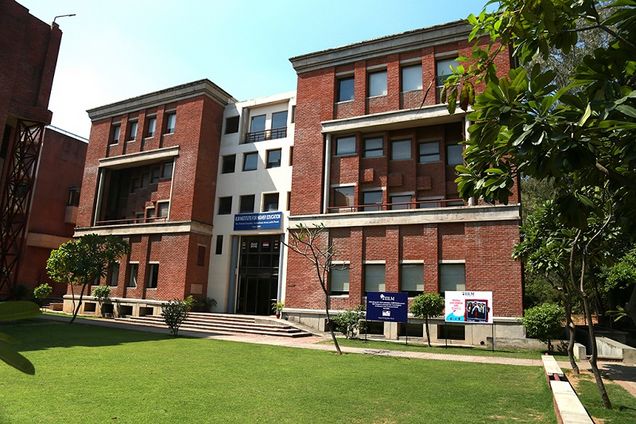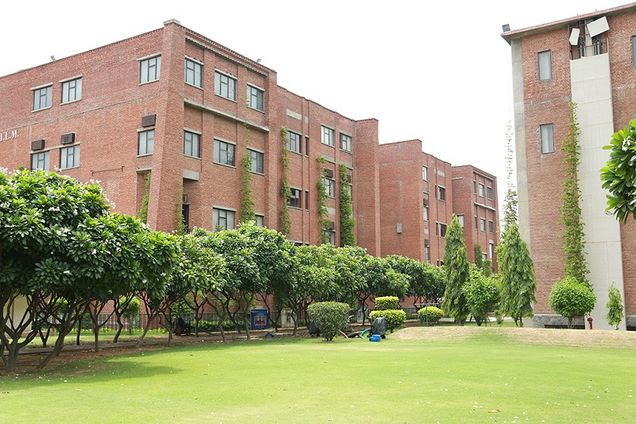IILM Undergraduate Business School (IILM University)
Partner University of HSBA

About IILM Undergraduate Business School (IILM University)
Ready to dive into the vibrant world of business in India? Look no further than the IILM Undergraduate Business School for your unforgettable semester abroad! Explore a unique learning environment at this prestigious institution, renowned for fostering excellence and innovation. With top-notch faculty, cutting-edge teaching methods, and a diverse range of programs, IILM offers the perfect platform to achieve your career goals and personal growth. Experience India's rich cultural diversity and dynamic business landscape, forge international connections, and create memories for a lifetime. Choose the IILM Undergraduate Business School now and kickstart your adventure in one of the world's fastest-growing economies!
Link to IILM website
Interested in a semester abroad at this institution? Please contact the HSBA International Office at international(at)hsba.de and request access to the "Outgoings" team where you will find relevant information on this destination such as semester dates, course lists, experience reports, the number of places available and more.

